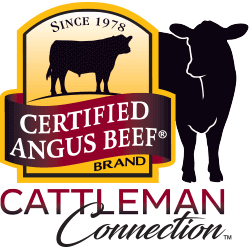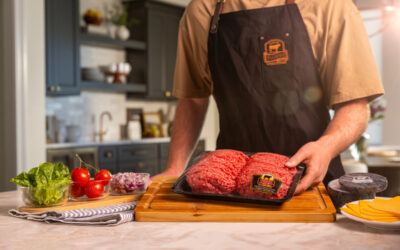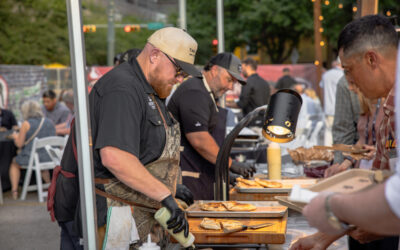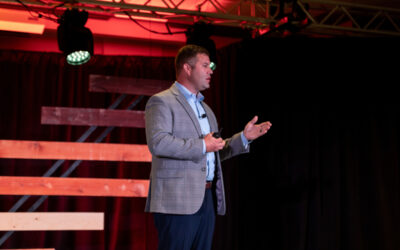
A DAY IN THE LIFE OF A KANSAS RANCHER
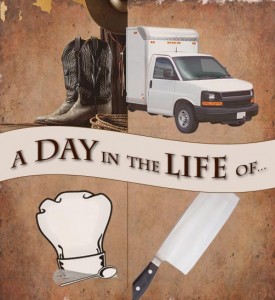 We all know it takes a heap of work, coordination and planning to raise cattle. It takes more of the same to get beef from processor to plate. In honor of beef month, we decided to check in with the people who devote their life’s work to producing, delivering and cooking delectable beef products for hungry consumers. So come along with us and experience a “Day in the Life” of these fine folks.
We all know it takes a heap of work, coordination and planning to raise cattle. It takes more of the same to get beef from processor to plate. In honor of beef month, we decided to check in with the people who devote their life’s work to producing, delivering and cooking delectable beef products for hungry consumers. So come along with us and experience a “Day in the Life” of these fine folks.
Today, Debbie Lyons-Blythe, who regularly updates her blog “Life on a Kansas Cattle Ranch,” gives us a snapshot of what Sunday looked like at their place. Enjoy! –Miranda
I’m not a winter person—I crave sunshine and warm weather. I wear long johns, coveralls and lots of layers all winter and when spring finally arrives, I am very ready for it! The past couple of years in Kansas we have been dealing with a severe drought. Despite some good snowfalls this winter, we began spring expecting a drought. We have ponds that are totally dry and we have spent thousands of dollars finding ways to bring drinking water to the cattle in each pasture.
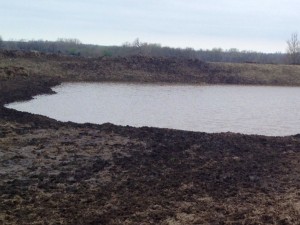
Spring is also a time to plan the matings for our cows and heifers. I use proven AI sires and we select bulls based on EPDs from our own herd as clean up sires. We have a commercial heifer development program in which we raise 150 to 350 heifers each year to sell in the fall. I select the sires for those heifers with criteria including low birth weight and high calving ease, as well as good growth and carcass traits. It is most important to get a live calf from the heifers, as well as a quality calf. Since I will sell these heifers, I select bulls with fairly high EPD accuracies and in order to improve accuracies, we DNA-test all our yearling bulls. I use the genomically-enhanced EPDs to improve confidence—both in me as the seller and in others as the buyer. In addition, we use GeneMax on our entire crossbred heifer herd to select animals to include in the program.

The morning begins early for me, as I like to make a good stick-to-your-ribs lunch for the crew. I put meatballs and corn casserole on to cook for the morning and began calling the boys to get up around 7:00 a.m. By 7:30, I could hear the boys finally moving and I started gathering up the equipment and medications we needed for the day. We use prostaglandin to synchronize the heifers, and apply a heat detection patch to aid in heat checking. I gathered replacement ear tags, syringes, prostaglandin and the patches as the boys ate breakfast. My husband Duane was already feeding the cows that were not being worked and I brought him a cup of coffee as the boys and I pulled into the barnyard.
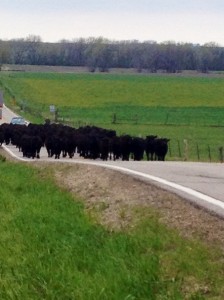
There are 200 heifers and a few steers in this pasture. After they are through the brome and alfalfa field, they will walk a quarter of a mile on the state highway along our property border. I block the few cars at the top of the hill as the heifers trot down the highway.
Do the cattle make it to working pens without incident? How long does it take to work through 200 head? Find out how processing day turned out in Part II tomorrow.
PS–
To catch up on the entire series check out these posts:
You may also like
Success, Despite Challenges
Today’s market is complex and competitive. The collective effort of stakeholders across the supply chain positions Certified Angus Beef to meet the record demand for premium beef moving forward. Signals across the beef industry are clear and Angus farmers and ranchers seeking high-quality genetics that deliver premium beef are producing a product in high demand.
Keep the Supply Coming
A record-high 800 registrants from 17 countries gathered in Austin, Texas, to learn more about CAB, become inspired by the culinary work of chefs and pitmasters, and celebrate sales and production success. But at the forefront: supply and demand, a reflection of the chaotic past year, and preparing for what’s ahead.
Consumer Demand, Power of Quality
Demand for high-quality beef persists. But with that demand comes challenges. From tight cattle supplies to higher costs and increasing pressure on retailers to deliver a consistent eating experience, the pressure is on. David O’Diam, CAB VP of retail, addressed the current retail beef environment, highlighting both opportunities and challenges in today’s marketplace.
